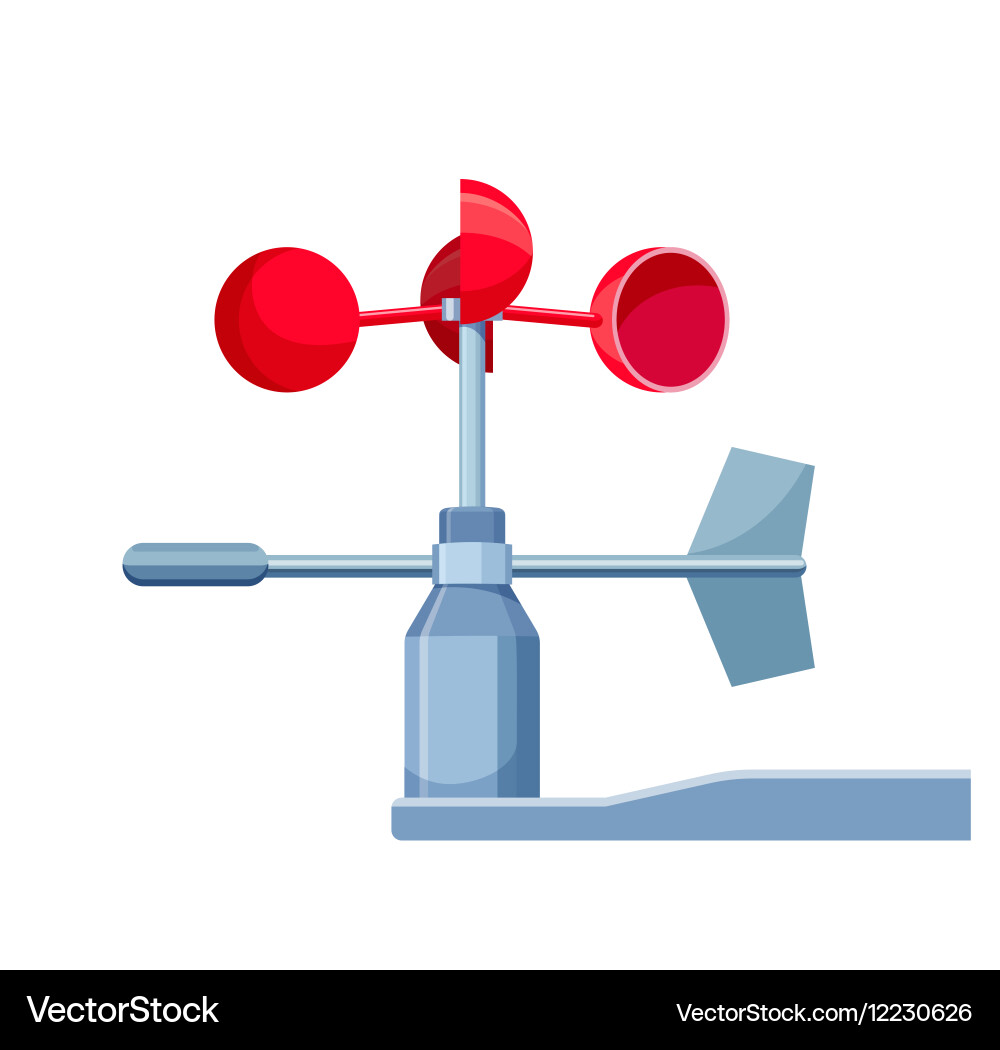Leading Functions to Seek in a Reliable Anemometer for Accurate Wind Measurement
Wiki Article
Anemometers Introduced: Recognizing Their Value in Environmental Surveillance and Security Steps
The function of anemometers in ecological monitoring and security measures is often undervalued, yet their value is obvious. From weather forecasting to aviation safety and security, anemometers play a crucial duty in providing accurate information that notifies decision-making processes and boosts total security.Background of Anemometers
The advancement of anemometers can be traced back to the old worlds where basic wind determining gadgets were very first utilized. These early wind measurement devices laid the foundation for the growth of more sophisticated anemometers over time. One of the earliest well-known anemometers was the hemispherical cup anemometer designed by Leon Battista Alberti in the 15th century. This layout consisted of four hemispherical mugs that gathered wind power, supplying a dimension of its intensity based on the speed of rotation.Over the years, innovations in modern technology led to the development of more modern-day anemometers, including ultrasonic anemometers and laser Doppler anemometers, supplying boosted accuracy and efficiency in measuring wind rate and direction. The history of anemometers showcases an impressive trip of development and progression in the area of meteorology.
Kinds of Anemometers
Throughout the area of weather forecasting, different kinds of anemometers have actually been created to accurately gauge wind rate and direction. One of the most usual type is the cup anemometer, which includes 3 or four cups installed on straight arms that turn with the wind. As the cups rotate, the rate at which they turn is straight symmetrical to the wind rate. Another commonly used type is the vane anemometer, which features a tail or fin that aligns itself with the wind instructions. This positioning allows the tool to determine the wind direction. Sonic anemometers make use of ultrasonic signals to determine wind rate and direction properly. They are generally utilized in research study applications due to their high precision. Hot-wire anemometers run based on the concept that the cooling impact of wind on a warmed cord is proportional to the wind rate. These anemometers are ideal for determining low wind rates with high precision. Each type of anemometer has its toughness and is picked based on the certain requirements of the tracking job at hand.Applications in Meteorology
Having talked about the numerous sorts of anemometers used in meteorology for measuring wind rate and instructions, it is vital to explore their functional applications in the area. Anemometers play an important role in meteorology by supplying real-time and exact data on wind problems (anemometer). Meteorologists make use of anemometers to keep an eye on wind speed and direction to forecast weather patterns, issue warnings for extreme weather condition events like tornados, cyclones, and hurricanes, and analyze weather for aeronautics securityIn meteorology, anemometers help in understanding local and regional wind patterns, which are crucial for anticipating weather condition adjustments and determining weather fads. These gadgets are also made use of in study to research microclimates, metropolitan warm islands, and air pollution diffusion. In addition, anemometers are utilized in agriculture to enhance plant monitoring techniques, such as irrigation and chemical application, based upon wind conditions.
Relevance in Aeronautics Safety And Security
An integral facet of ensuring aviation safety lies in the thorough tracking of wind problems using anemometers. Anemometers play a critical function in air travel by offering real-time data on wind rate website link and instructions, helping pilots in making educated decisions during landing, trip, and take-off. Solid and unforeseeable winds can significantly impact airplane operations, making it essential for air travel authorities to rely upon exact wind dimensions to make sure the safety and security of travelers and staff.
In the vibrant setting of air travel, where also small modifications in wind rate and instructions can have extensive effects, anemometers stand as vital tools for promoting secure and protected air traveling.
Role in Environmental Research
Anemometers play an important duty in environmental study by supplying essential data on wind rate and instructions. By properly gauging wind qualities, anemometers aid scientists assess the movement of contaminants in the air, evaluate the effect of industrial exhausts, and forecast the spread of pollutants in the atmosphere.

Conclusion
In verdict, anemometers have actually played an essential role in ecological surveillance and safety and security procedures. Comprehending the relevance of anemometers is essential for precisely determining wind rate and instructions, which is important for anticipating weather patterns, guaranteeing safe aviation operations, and carrying out environmental researches.One of the earliest recognized anemometers was the hemispherical see it here cup anemometer developed discover this info here by Leon Battista Alberti in the 15th century. Over the years, improvements in innovation led to the advancement of even more contemporary anemometers, including ultrasonic anemometers and laser Doppler anemometers, using raised accuracy and efficiency in gauging wind speed and instructions. Hot-wire anemometers run based on the principle that the cooling result of wind on a warmed wire is symmetrical to the wind speed. Meteorologists utilize anemometers to keep an eye on wind rate and instructions to anticipate weather condition patterns, concern cautions for serious weather condition events like twisters, storms, and cyclones, and examine atmospheric problems for aeronautics safety.
Comprehending the significance of anemometers is crucial for accurately measuring wind speed and instructions, which is important for anticipating weather patterns, guaranteeing safe air travel procedures, and performing ecological studies. (anemometer)
Report this wiki page